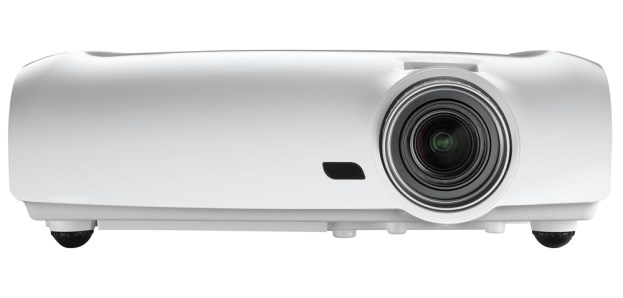
Optoma continually attempts to break price barriers when it comes to home theater projectors. The Optoma HD20 was one the first projectors to break the $1,000 barrier for 1080p support. The company is continuing that trend with the HD33, a 1080p home theater projector that offers support for 3D visuals. The $1,499 projector has a contract ratio of 4000:1 and a brightness of 1,800 ANSI lumens. It has a throw distance between 5 and 32 feet as well as an image size up to about 300 inches. The unit looks very similar to the HD20, but has a wider body style.

Beyond the announcement of the HD33, Optoma also announces two more 3D 1080p projectors for custom installations; the $4,499 HD8300 and the $1,999 HD3300. THe HD8300 has a contrast ratio of 30,000:1 and offers a brightness of 1,500 ANSI lumens as well as a 1.5x zoom lens. The HD3300 offers a contrast ratio of 5000:1 and a brightness of 2,000 ANSI lumens. Both models have more advanced controls for custom calibration compared to consumer models. They also fully support 1080p, 3D images when paired with a 3D-capable video source like a Blu-ray player.



